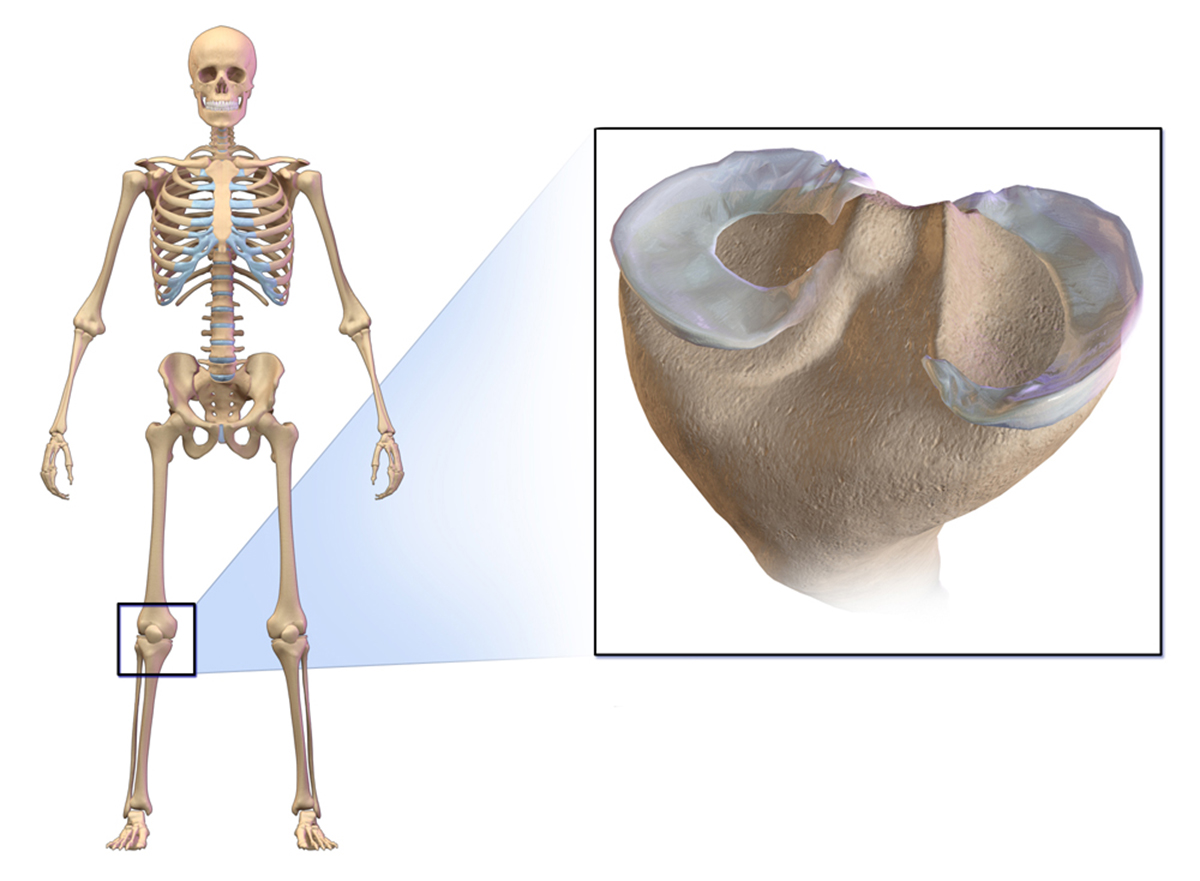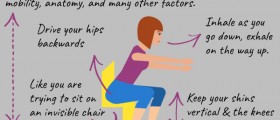
Meniscectomy is a surgical procedure of either repairing or removing the meniscus, the C-shaped cartilage in a joint. Most commonly, the knee meniscus needs to be repaired. The meniscus is like a cushion between the bones (in legs between three bones, femur, tibia and fibula) that absorbs shock and assists in movements preventing the joints from damage. It also limits the movements of joints which are of major importance since over twisting and hyper flexion may lead to their damage. If this happens even meniscus may be torn. The type of damage especially the location of the tear will determine the type of surgery. All in all the surgeons tend not to remove the entire meniscus since the joint instability as well as osteoarthrosis may develop. Sports' injuries are the main cause of the tear. Typical sign is a pop of the meniscus, pain in knee and joint tenderness. The leg can get stuck and the patient may not straighten the leg to full extent.
All those with damaged cartilage as well as those who have joint tenderness, knee pain or repeated knee catching undergo the procedure. Nowadays arthroscopic surgery is the golden standard. It is practical as it leads to faster recovery, but it cannot be conducted in all the cases so the second option includes conventional meniscectomy which includes direct incision in the knee area and is more extensive. In both procedures all the meniscal structures without blood supply are resected.
The outcome after the surgery is good. There is slight chance of developing any kind of complication and the improvement is impressive. Those with previous arthritis as well as those with other knee injuries may have the problems with rehabilitation and the recovery time will take longer or even be incomplete.
Meniscus may need long to heal (around 12 weeks) and recovery from surgery must be at least that long. The primary goal of rehabilitation is pain management followed by restoring of the previously damaged function. After the surgery within prescribed time the patient starts with physical therapy joined with heat treatment which relaxes the tissue surrounding the knee and then a cold treatment takes place in order to put pain and swelling under control. What follows is restoring of the motions and strength of the knee by doing special rehabilitation exercise. The goal is to make joint as strong as possible. After doing the exercise with the expert or simultaneously patient is instructed how to continue doing exercise at home and which are the best. After the ending of physical therapy patients are advised to keep on with the exercise in order to sustain the knee stability and protect the knee from possible further injuries. Strenuous activities must be avoided for a certain period of time.














-Symptoms,-Diagnosis,-Treatment_f_280x120.jpg)


Your thoughts on this
Loading...